Do I really need a seam? Ideas for transporting whole
CT_Newbie
10 years ago
Featured Answer
Comments (17)
CT_Newbie
10 years agolast modified: 9 years agoJoseph Corlett, LLC
10 years agolast modified: 9 years agoRelated Professionals
Manchester Kitchen & Bathroom Designers · Southampton Kitchen & Bathroom Designers · Beachwood Kitchen & Bathroom Remodelers · Cloverly Kitchen & Bathroom Remodelers · Beverly Hills Kitchen & Bathroom Remodelers · Charlottesville Kitchen & Bathroom Remodelers · Fairland Kitchen & Bathroom Remodelers · Franconia Kitchen & Bathroom Remodelers · Galena Park Kitchen & Bathroom Remodelers · Phillipsburg Kitchen & Bathroom Remodelers · Drexel Hill Cabinets & Cabinetry · Lackawanna Cabinets & Cabinetry · Newcastle Cabinets & Cabinetry · Red Bank Cabinets & Cabinetry · Pendleton Tile and Stone Contractorslazy_gardens
10 years agolast modified: 9 years agoUser
10 years agolast modified: 9 years agoCT_Newbie
10 years agolast modified: 9 years agoCT_Newbie
10 years agolast modified: 9 years agolazy_gardens
10 years agolast modified: 9 years agoGranite City Services
10 years agolast modified: 9 years agoCT_Newbie
10 years agolast modified: 9 years agoJoseph Corlett, LLC
10 years agolast modified: 9 years agosuzanne_sl
10 years agolast modified: 9 years agoCT_Newbie
10 years agolast modified: 9 years agoNWRain-Gal
10 years agolast modified: 9 years agoNWRain-Gal
10 years agolast modified: 9 years agoNWRain-Gal
10 years agolast modified: 9 years agoCT_Newbie
10 years agolast modified: 9 years ago
Related Stories

FUN HOUZZEverything I Need to Know About Decorating I Learned from Downton Abbey
Mind your manors with these 10 decorating tips from the PBS series, returning on January 5
Full Story
KITCHEN ISLANDSWhat to Consider With an Extra-Long Kitchen Island
More prep, seating and storage space? Check. But you’ll need to factor in traffic flow, seams and more when designing a long island
Full Story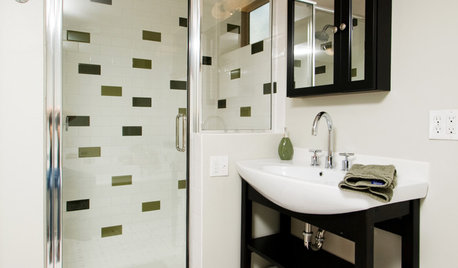
REMODELING GUIDESContractor Tips: 5 Easy Ways to Get a Greener Home
Forget a fleet of solar panels (for now). These ideas can make your home a whole lot greener when money or time is in short supply
Full Story
VINTAGE STYLEGet Away From It All in a Glamper
A glammed-up camper can transport you to a happy place, whether in your yard or on the highway
Full Story
DECORATING GUIDESThe Dumbest Decorating Decisions I’ve Ever Made
Caution: Do not try these at home
Full Story
LIFEThe Polite House: How Can I Kindly Get Party Guests to Use Coasters?
Here’s how to handle the age-old entertaining conundrum to protect your furniture — and friendships
Full Story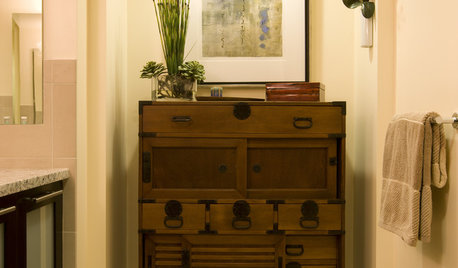
DECORATING GUIDESTeach a Tansu New Tricks
Traditionally used for transporting treasures, the tansu is now a classic casegood in today's homes
Full Story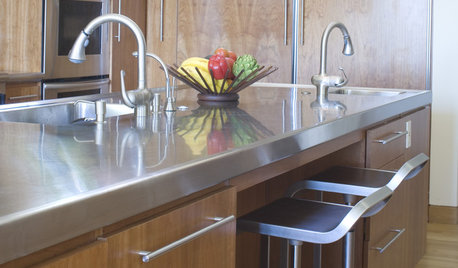
KITCHEN DESIGNDesign an Easy-Clean Kitchen
"You cook and I'll clean" might no longer be a fair trade with these ideas for low-maintenance kitchen countertops, cabinets and floors
Full Story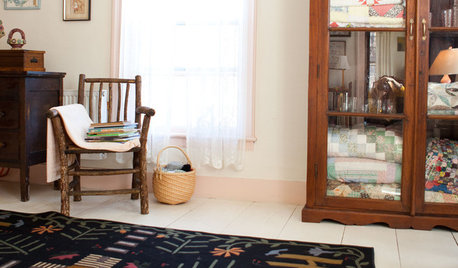
THE HARDWORKING HOMEClever Ways to Rethink the Linen Closet
The Hardworking Home: Get rid of those toppling piles with these ideas for organizing bedding, towels and more
Full Story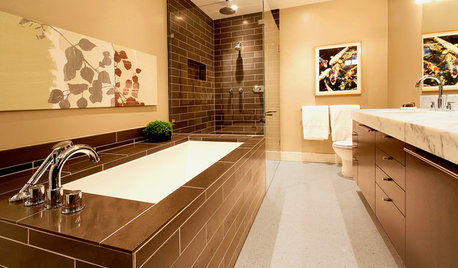
BATHROOM DESIGNDesigner Trick: Take Your Shower Tile to the Ceiling
Tile the whole wall in your shower to give your bath a light and lofty feel
Full StorySponsored
Professional Remodelers in Franklin County Specializing Kitchen & Bath
More Discussions






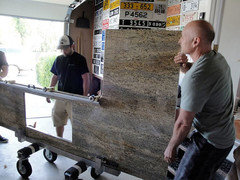

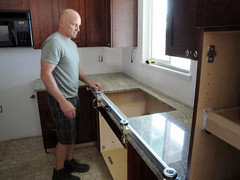
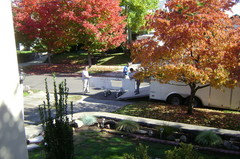


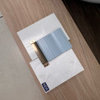


Granite City Services